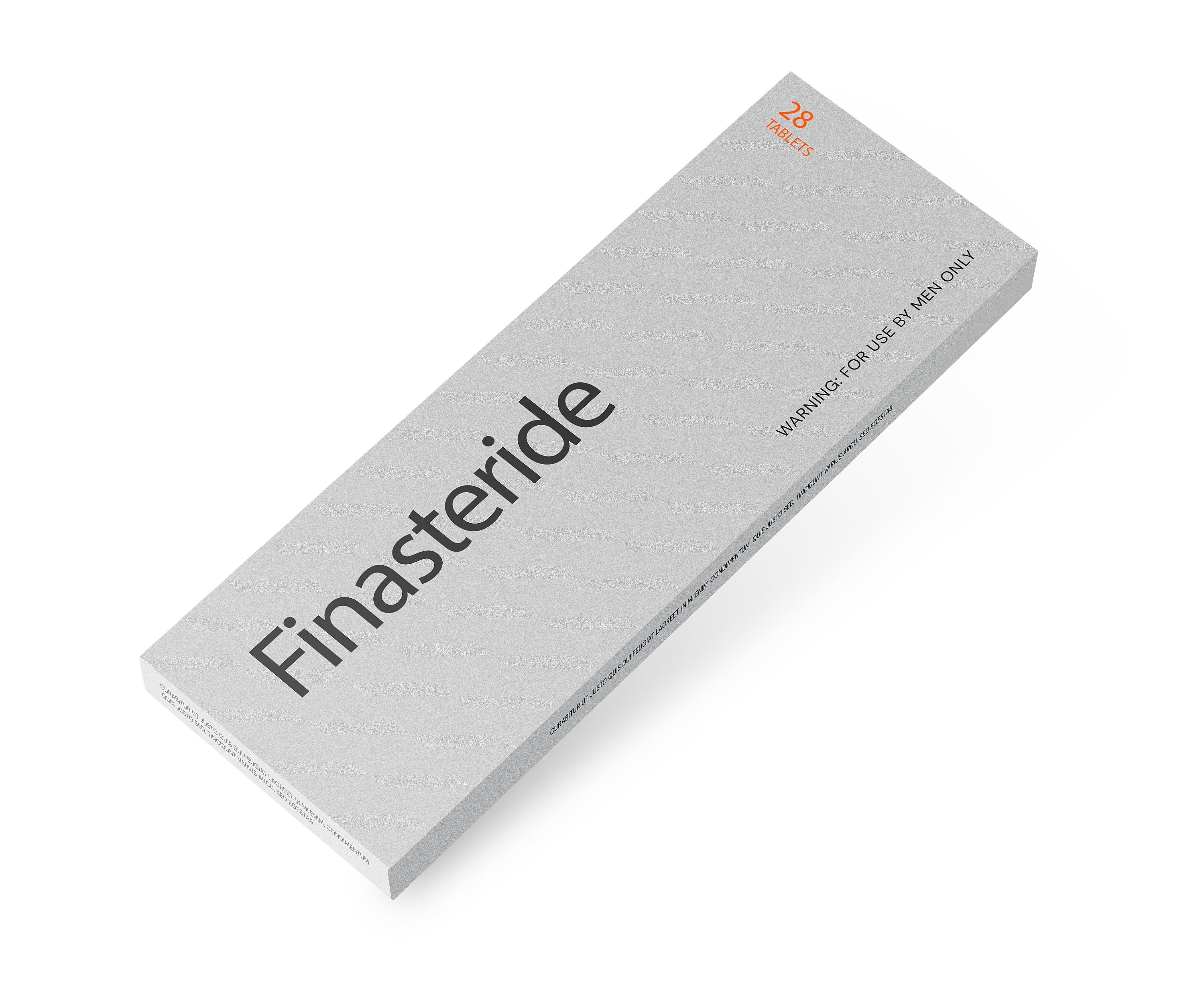Hair Loss Treatment — from the comfort of your home.
Treat Me Now helps connect you with licensed healthcare professionals to address your scalp health and revitalize your hair.
-
Treatments starting at under $2/day
-
Direct delivery—fast, free, and discreet!
-
Licensed Healthcare Professionals
-
On-demand support, here for you 24/7
Rated 4.6 stars on






